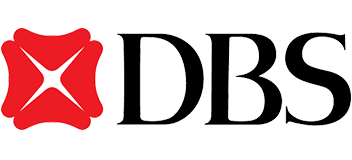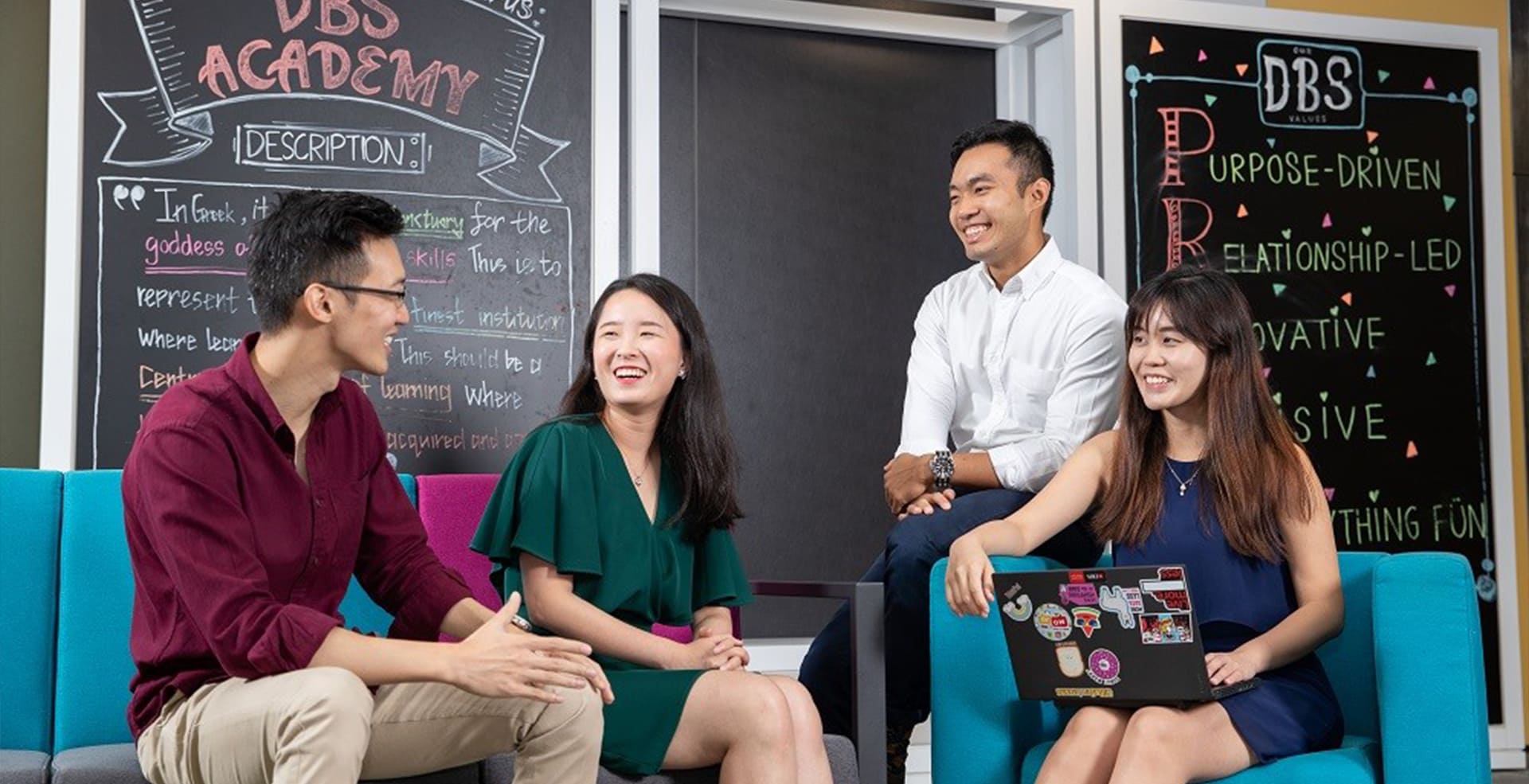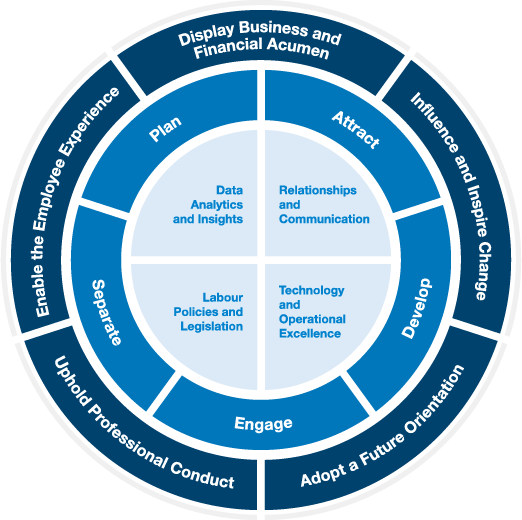

As part of the bank’s digital transformation journey, and to drive continuous growth and development for its employees, the DBS Group Human Resources (HR) team has leveraged data science and artificial intelligence to develop a digital careers solution.
This new tool enables employees to take charge of their own careers, and helps them to transition to new roles at scale and with greater precision.
Some of the key challenges relating to internal role mobility included:
• A large, dispersed workforce, with over 33,000 employees across 18 markets.
• Time-consuming matching processes for hiring managers, and difficulty finding internal candidates with the right skill sets amongst a very large talent base.
• A wide spectrum of what would constitute a ‘role fit’, resulting in mismatching expectations between the applicant and hiring manager.
To accelerate and sharpen the accuracy of DBS’s internal recruitment and talent mobility approach, the HR team conducted a range of exercises to ‘reimagine’ how it could make this process more efficient and intelligent, and remove opportunities for bias.


The journey started with building an understanding of the needs and concerns of employees who may be looking for opportunities to move within the organisation, as well as those of the hiring managers and business units.
The HR team conducted research with hiring managers and employees to understand their recruitment journey, including key pain points and moments that matter.
Some of the primary issues raised by hiring managers included:
Some of the main issues for employees included:
From this research, the HR team recognised that the ability to match their people to the right roles needed to lie at the heart of the solution. In order to deal with such a large employee population, they also needed an automated technology solution that could be deployed rapidly at scale.
In order to create a talent mobility approach that could integrate with the broader HR ecosystem, the team drew on their existing data and technology capabilities and tools.
This included harnessing existing data available on DBS’s skills and talent management platform (Workday) to analyse the existing skills sets and profiles of the employees.
They also leveraged industry research on future trends relating to jobs and the skills associated with the various roles to identify future requirements for employees.
Once this rich information was available, the HR team then built a new algorithm that could power the matching process between existing individual employee skill sets and the new role skill sets required for the future.
Each matching process is overseen by the HR recruitment manager, who confirms the skill sets required for an available role and runs a search via the job matching platform to find potential candidates. The platform then provides a report that outlines potential candidates and how they fit with the required role. For example, it will show that a candidate may have a 70% skill sets match.
This shortlisting process is faster and helps to reduce bias because it is based solely on skill sets match, rather than other characteristics. Besides helping to identify the right candidates, these reports provide insights into any skill sets that might be missing instantaneously.
Providing this information on skill sets ahead of any interviews also allows the HR manager and hiring manager to have richer, deeper conversations with candidates, including a greater focus on understanding their career experience, role fit and potential development areas to close any skills gaps when transitioning into the new role.
In the next phase of the jobs matching platform, the team will explore making the platform widely available to both the managers and employees.
For example, employees will be able to see their matches against open roles and receive alerts for roles that they are interested.
They will also be able to search for new roles based on their existing skill sets, and view the skill sets required for certain roles in order to work out whether they should apply now or whether they may need to upskill to apply in the future.
This will enable employees to better take charge of their own career pathways, as they will be able to clearly see the skills they need to acquire for a particular role and then map out a learning and development programme tailored to achieve the desired outcome.
Managers will also have direct access to information currently available to the HR recruitment manager, and will be able to see when employees have expressed interest in a role in the past so that they can be considered when new opportunities come up.
This hyperpersonalisation of the employee experience aims to increase engagement and provide more tailored support as they progress along a new career pathway.
One of the key findings from the research was that the talent development journey was a very emotional and personal experience.
While harnessing data science and artificial intelligence can provide richer insights and efficiency, in order to drive sustained adoption, the HR team recognised it needed to provide the necessary emotional support and assurance to employees undergoing their personal transformational journeys.
DBS helps employees to adapt to change through several bank-wide programmes and initiatives that galvanise employees to embrace a growth mindset and be open to new opportunities.
These include virtual learning festivals, learning programmes and workshops that aim to:
• Inform employees about some of the mega trends, to help them understand why roles are changing.
• Explain more about the new opportunities, new careers and new roles of the future, and provide role models of employees who have successfully transitioned to new career pathways.
• Show employees how to leverage the different tools in HR to acquire new skill sets, such as the DBS digital learning platform (which has over 8,000 courses).
Employees are also encouraged to consider new roles outside their current career pathway that they may not have initially envisaged. This includes lateral moves that may help to broaden their skill sets, rather than just the traditional ‘upwards’ moves within a defined business area.
The HR team’s new digital talent matching solution is helping to support the digital transformation by upskilling and reskilling its employees, and encouraging them to build better versions of themselves in the new ‘never normal’ world.
The DBS HR team drew on a range of IHRP competencies, mindsets and behaviours to develop a new talent matching solution to enhance career pathways for employees and help drive the digital transformation of the organisation.

